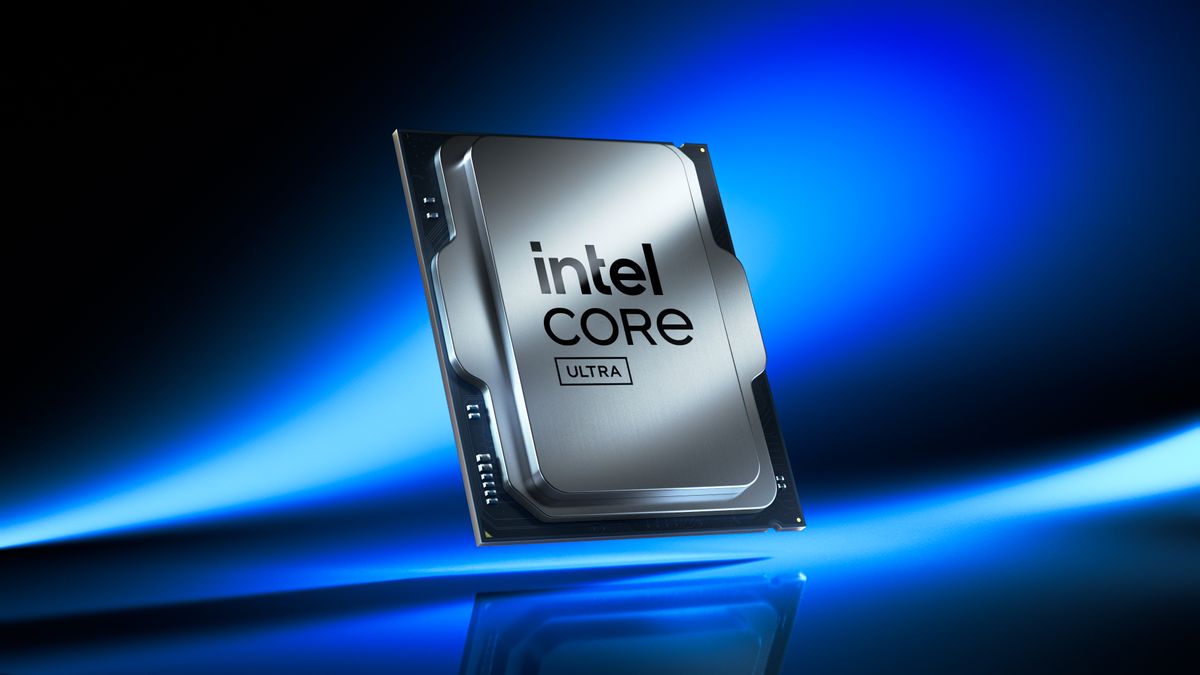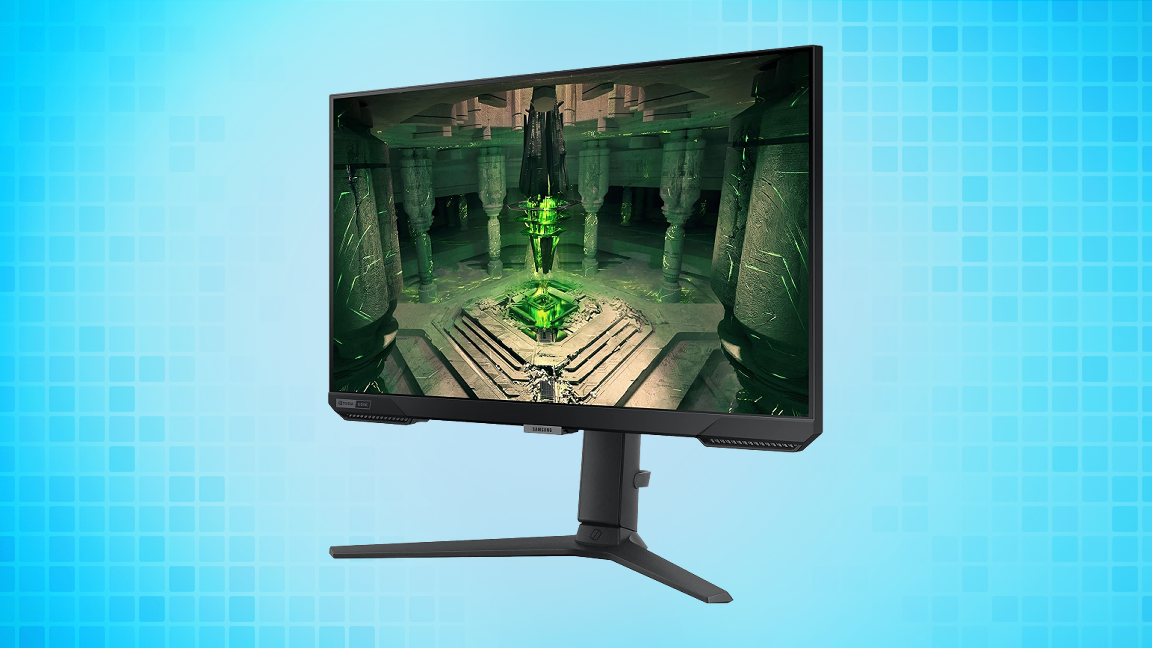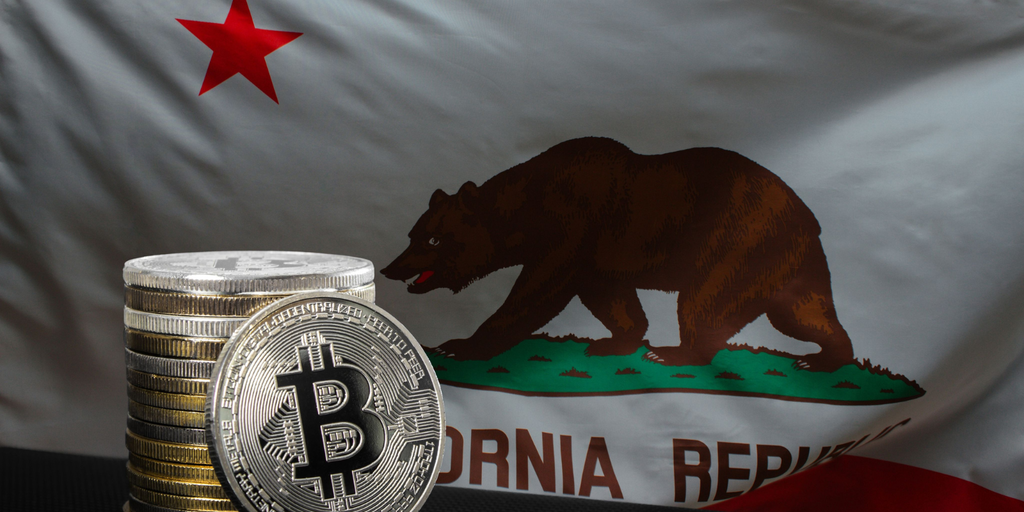Beijing again raised its tariffs on American products on Friday, bumping it from 84% to 125%.
China made this move after President Trump paused most global tariffs for 90 days, except on Chinese goods, which he bumped to 125%. CNBC reports that this is on top of the 20% import taxes announced in February, bringing the total levies to 145%.
“The imposition of abnormally high tariffs on China by the U.S. is a serious violation of international economic and trade rules, as well as basic economic laws and common sense, and is completely unilateral bullying and coercion,” the Customs Tariff Commission of the State Council [machine translated] said in its declaration.
It also added, “In view of the fact that under the current tariff level, there is no possibility of market acceptance of U.S. goods exported to China, if the U.S. side continues to impose tariffs on Chinese goods exported to the United States in the future, the Chinese side will ignore it.”
This announcement makes it seem like this will be the peak of the tariff escalation between the two superpowers. At the current taxation levels, trade between the two countries is a near impossibility, as most consumers are unlikely to pay double the prices for imported goods.
The tariff war started in February when Trump applied a 20% tariff on China. The White House said it did this because Chinese officials did not do enough to stop the flow of precursor chemicals needed to make illicit fentanyl.
The tariff situation remained relatively stable in March, but things began to unravel in early April. This was when Trump announced tariffs on most of the world, including an additional 34% reciprocal tariff on Chinese goods, bringing the total tax to 54%.
Beijing reacted to this by imposing a 34% retaliatory tariff on U.S. goods and restricting the export of some rare earth metals. Trump balked at the move, so he applied an extra 50% import duty to China, further hiking taxes to 104%, as the tariffs were set to go live on Wednesday, April 9. Beijing reacted by slapping an additional 50% levy on U.S. goods, pushing the total to 84%.
Then, a few hours after Trump’s tariffs started to apply to almost all imports, the White House announced that it would pause reciprocal tariffs on 75 nations that haven’t hit back with their own taxes. However, he said he would put a 125% tax on China because it applied retaliatory tariffs on American goods instead of going to the negotiating table.
Sure enough, Beijing responded in kind and said it would also put a 125% tariff on American imports. This effectively cuts off the exchange of goods between China and the U.S., with these tariffs applying to more than half a trillion dollars of global trade.
This trade war will heavily impact the electronics and computer sector in the U.S., especially as it imports heavily from China. In 2024, it’s estimated that 86% of game consoles, 79% of PC monitors, 73% of smartphones, 70% of lithium-ion batteries, and 66% of batteries came from the East Asian country. Storage manufacturers are also heavily affected, but it’s unclear how GPUs will be impacted.
Companies are reacting to these upheavals in international trade by moving out of China and establishing manufacturing hubs in other countries, including the U.S. However, it will take time to get up to speed, so the average consumer will have to brace for increased prices in the coming months.
As for ‘Made in China’ goods, we would likely stop seeing these come to our shores until Beijing and Washington negotiate and hammer out a deal. But with the way things are going, we can only wait and see who will blink first.










 English (US) ·
English (US) ·